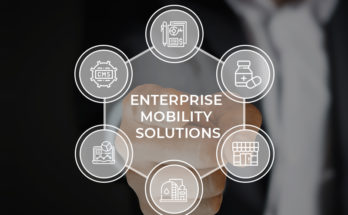Financial inclusion is the pursuit of making financial services accessible at affordable costs to everyone especially those from vulnerable groups such as marginalized, women and low-income groups. Bridging the credit gap is a major HDI goal and a challenge for most developing countries.
In India, the microlending revolution has been integral in the inclusion of underprivileged into the formal banking sector. Microfinance is able to bridge the gap between big banks who have document and collateral requirements that alienate this section and the informal sector that aims to exploit them.
Why can’t banks serve these customers?
Microfinance borrowers often fail to meet the elaborate documentation requirements that are requested by the banking system, either due to illiteracy or due to lack of documents such as work history, salary slips, rental agreements and so on as they live on the margins of society where most arrangements are undocumented and are based on verbal agreements.
Another major setback is the archaic credit scoring methodology used by banks that leave millions of prospective customers in the lurch. These banks may also lack the infrastructure to make financial services accessible at remote and rural locations.
How are Microfinance institutions different?
MFIs typically have a much lower documentation requirement than those of banks and also provide user-friendly processes that are aimed at the poorest demographic such as forms localized in the vernacular language, easy to fill documentation, guidance through the lending process and more.
MFIs also offer a host of value-added services through their business correspondents that help customers not just to take a loan but put the money to the best possible use to better their financial condition. Business correspondents often act as a financial advisor for borrowers of microcredit as well as helping them navigate the legal hurdles of setting up small businesses or self-help groups.
What promises does the future hold?
Microfinance institutions have seen a complete transformation over the past few years, with major MFIs undergoing commercialization to become full-scale banks. The developments in the Fintech sector such as Enterprise mobility, detailed analytics, online customer sourcing, and management has made the MFI industry a profitable one even while serving the poorest of the poor.
The increasing demand for microcredit is putting a lot of pressure on a number of MFIs to become more innovative to achieve scalability and profitability in their processes. This has led to the MFI sector looking towards Fintech to optimize their processes.
The MFI Fintech partnership – Marching towards profitability:
Fintech firms such as Volksoft have developed technology and digital solutions that can help MFIs in achieving their growth objective while keeping costs low and efficiency high. Volksoft’s award-winning Microsure platform is trusted by some of the biggest MFIs in India such as Bharat FInance, SIDBI, SubK, and Peerlend to power their microlending process. The platform helps top MFIs improve geographical outreach and product offerings, generating better consumer insights and enhancing sales force productivity through their end to end mobility and lending solutions. They are also addressing core business challenges and bottlenecks for the MFI industry such as lead and sourcing management, customer onboarding and KYC, analytics, marketing, and underwriting. MFIs that outsource their infrastructure to Fintechs are able to focus on innovation and manage their data better paving the way for better customer service and profitability.






Very good information. Lucky me I found your site by accident
(stumbleupon). I have saved it for later!
Thank you very much for the content. I wish you continued success.